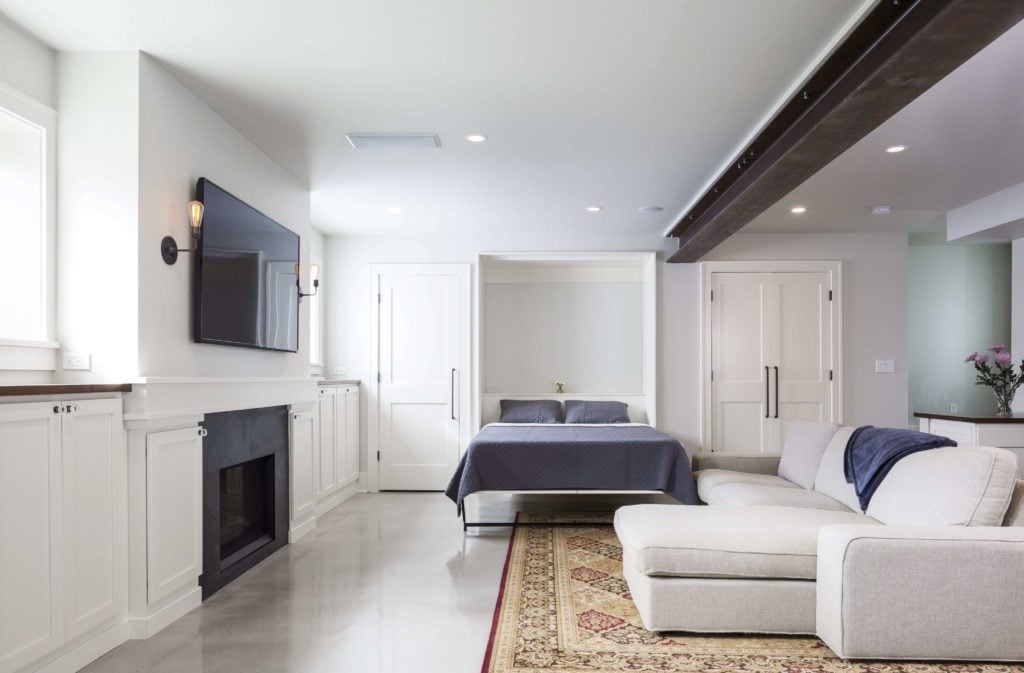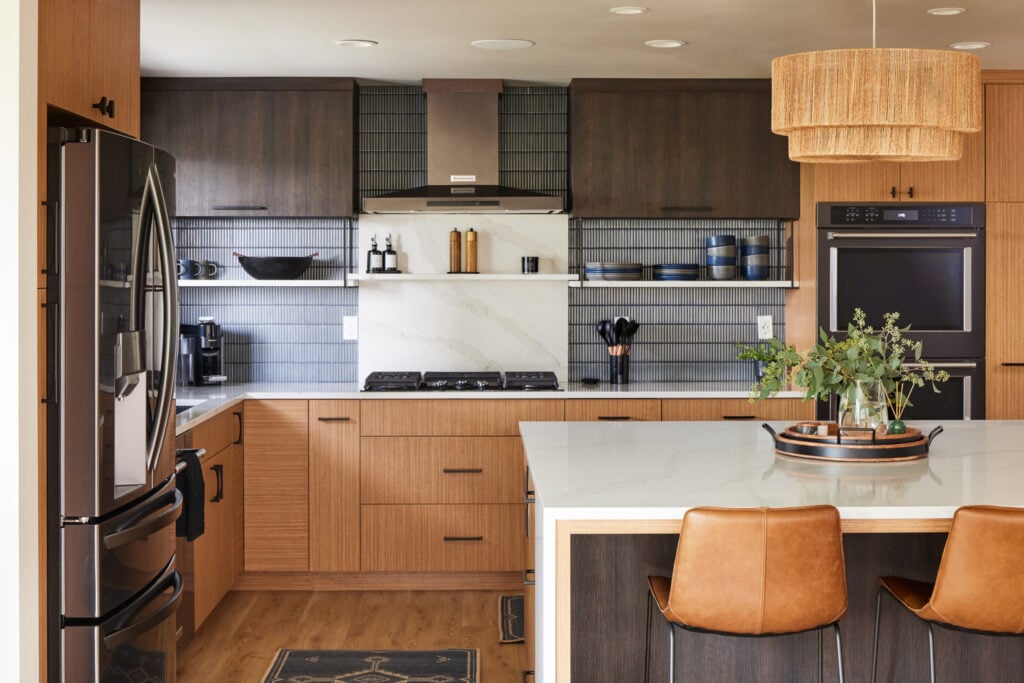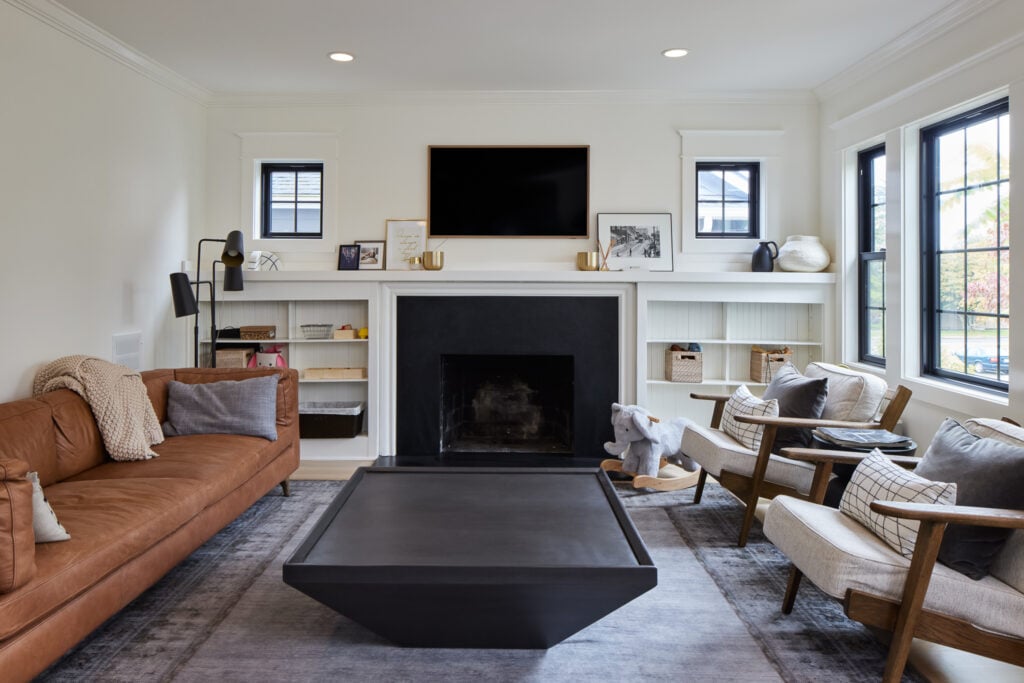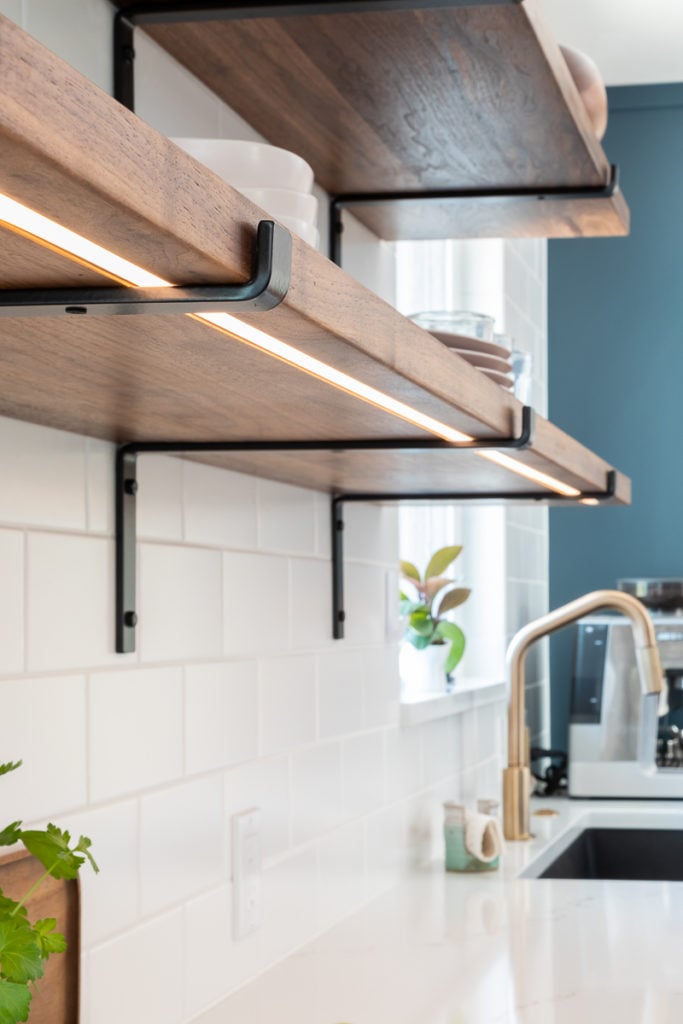With rising real estate costs, homeowners are getting creative with income-generating opportunities to supplement their mortgage payments. A clear-cut option for additional earnings is rental income—receiving a regular monthly payment from a tenant that uses your housing. But if you own a single-family home and aren’t interested in having roommates, is generating rental income possible?
Consider remodeling your existing single-family home to add a rental unit. By building a new structure on your property or renovating an existing space, you can start receiving monthly rental income, and in most cases, increase the overall value of your home.
How to Add Rental Unit to Your Home
Depending on the layout of your existing property, you have a few different options for adding a rental unit. From mother-in-law basement suites to full detached accessory dwelling units, each space has its own pros and cons. You can explore the options in detail below.
Before you do, always remember you will need to obtain the proper approval from your local planning board and HOA. Discuss this process with your builder and local officials to determine if a rental is feasible on your property, and to learn about the steps required in the permitting process. The feasibility is often determined by your lot designation (single family vs multi-family) and whether you intend to rent for short or long-term.
Each city is different and rules regarding rentals are subject to change. Seattle’s ADU rules were last updated in 2019 and are often still up for discussion based on ever-changing housing needs.
What is an Accessory Dwelling Unit (ADU)?
ADUs have skyrocketed in popularity over the last decade. An accessory dwelling unit is a catch-all phrase for a residential dwelling constructed on your property. This could be attached to your home, like a basement ADU, or an entirely separate structure.
You’ll also hear ADUs referred to as mother-in-law units, granny flats or in-law apartments. No matter the name, it’s typically just a reference to an extra unit on your property. ADUs need a complete kitchen and bathroom. Other than that, the space and design are entirely up to you!
5 Types of ADUs
- Detached Accessory Dwelling Units
- Finished Basements & Attics
- Garage Conversions
- Above-Garage ADUs (Carriage Houses)
- Addition ADUs
Detached Accessory Dwelling Units (DADUs)
DADUs specifically refer to backyard cottages that are not connected to the main house. These mini-houses or finished sheds are fully separated from your main home and are equipped with electricity and HVAC. Building a DADU requires similar steps to building a new home, just on a smaller scale. First, you need to clear and grade the land, pour a concrete foundation, and frame walls and joists. Then, electrical, plumbing, HVAC, insulation, and drywall can be installed. The exterior is finished with siding and roofing that should match or complement your primary house.
Example from Model Remodel: Wedgwood Backyard Office
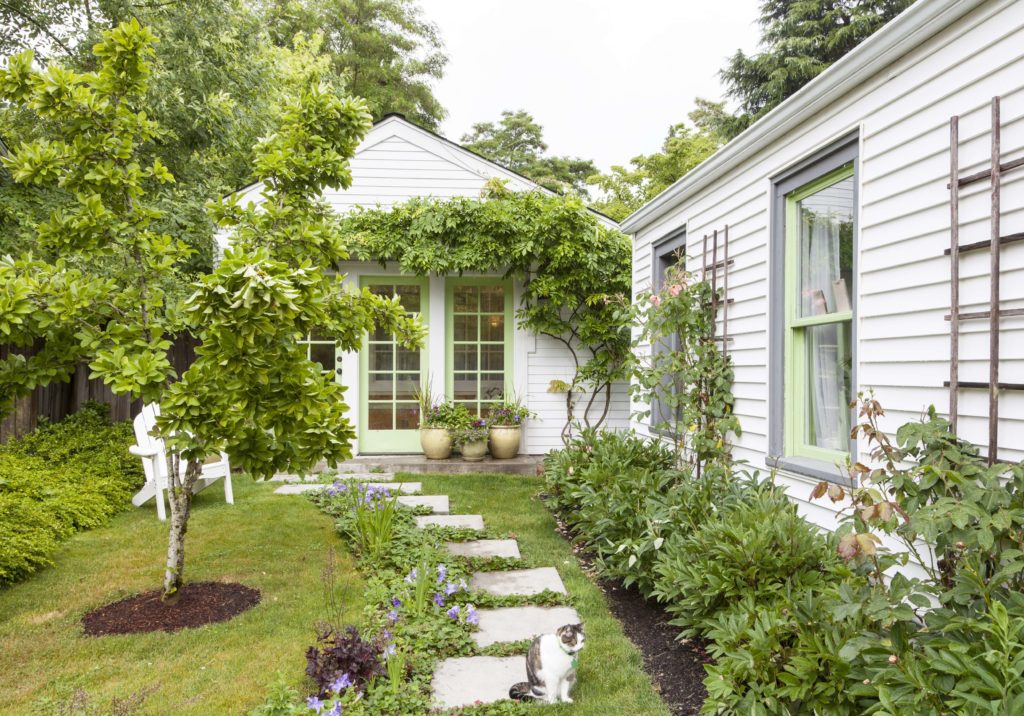
Finished Basements & Attics
If you have any unfinished space in your home, likely in your attic or basement, you can easily turn it into a complete rental unit. This project will require waterproofing, adding insulation, framing exterior and interior walls, and installing drywall and room finishes. Utilities, like plumbing and electrical, can be accessed from your existing systems.
Depending on the zoning laws in your local area, your basement rental may require a separate entrance, egress windows in every room, and minimum room sizes and ceiling heights. Similarly, an attic unit may require an separate set of external stairs.
Example from Model Remodel: Adorable Green Lake ADU

GARAGE CONVERSIONS
If you regularly park your car in your driveway or on the street, your underutilized garage might be the key to recurring rental income. The average two-car garage size is between 400 and 550 square feet, which can become the perfect studio apartment if used effectively.
Converting your garage to a rental unit requires similar steps to finishing a basement rental, like waterproofing, insulating, and finishing walls. In addition, you will need to relocate any systems, like your water heater or laundry, out of the garage to maximize the square footage for your renter. You may also need to add a few windows and a private entrance.
Example from Model Remodel: Bright Backyard Cottage

Above-Garage ADUs
Instead of converting your entire garage into a freestanding unit, you may have the opportunity to add a unit on top of your existing garage. These are often referred to as coach houses or carriage houses, because they were originally structures built to house horse-drawn carriages and the horse caretakers. While it’s unlikely you have an actual carriage house on your property, you may have a garage with two stories or the ability to add a second story to your garage.
Addition ADUs
While less popular, it’s an option to bump-out your home with an addition that can be used as a rental. Maybe it’s connected to your main home by a hallway or just a simple locked door (much like adjoining hotel rooms). Stylistically, it can mimic the layout and style of your current living space for ease of design.
Depending on your land designation, you may effectively be converting your single-family home into a duplex. Again, you’ll need to make sure your property is zoned for multi-unit occupancy before you embark on a large remodel such as this. By adding separate utility meters though, you can easily set up the second unit so you can sell it independently later if you wish.
Design for Flexibility: Other Uses For a Secondary Unit
Using your secondary unit as a rental now doesn’t mean you will always want it as a rental. When remodeling a space for a rental, it is important to design for flexibility. As your life changes in the future, you may use your rental unit for other purposes such as:
- Mother-In-Law Suite – It is common for aging parents to move in with their children in their later stages of life. Using a rental unit for a mother-in-law suite is perfect because your parents will be close, but not too close, as they will have their own kitchen and bathroom. If your rental unit may eventually become a mother-in-law suite, consider accessibility and walkways throughout the space in your initial design.
- Guest Suite – A rental unit that is no longer needed becomes the perfect space for guests. Whether you have short-term guests staying for a few days or family from out-of-town staying for a few weeks, having a separate unit for guests is ideal for everyone. Some guest suite ideas to include in your unit are plenty of storage options, a kitchenette complete with a coffee bar, and a spa-like retreat bathroom.
- Home Office – With working from home becoming the new norm, a separate space for your home office is everyone’s dream. Using your rental unit as a dedicated home office is a great way to separate home and work life—it may even increase productivity and creativity. Natural light is important in home offices, so maximize the number of windows in your space.
- At-Home Gym – A basement rental or accessory dwelling unit can become the perfect at-home gym. You may find your motivation to workout is a lot higher when you just have to walk downstairs or to your backyard rather than trek across town to the gym. Design your rental with plenty of space in the main living area if you might use it as a gym in the future.

Interested in adding a rental unit to your home? You have plenty of options—let us walk you through them! Our experienced team has constructed ADUs and finished basements for plenty of happy homeowners who are now generating continuous rental income.

